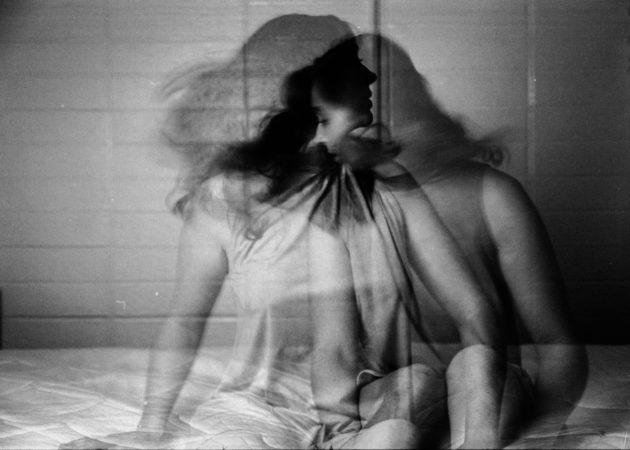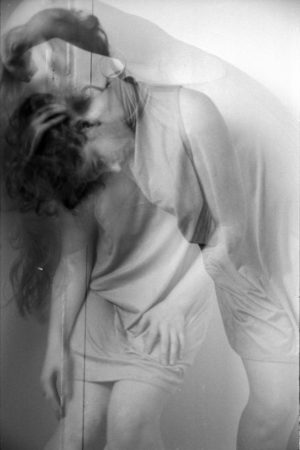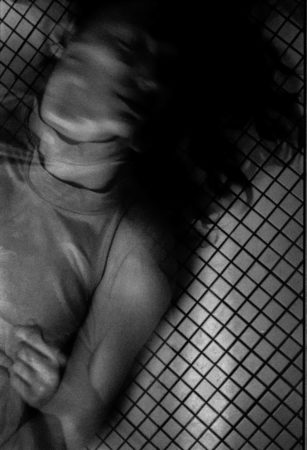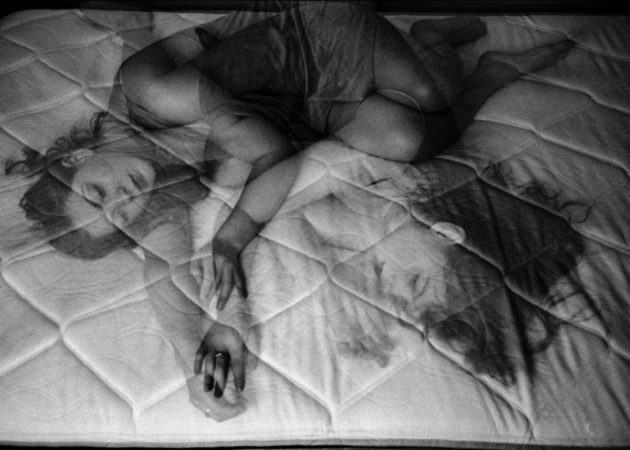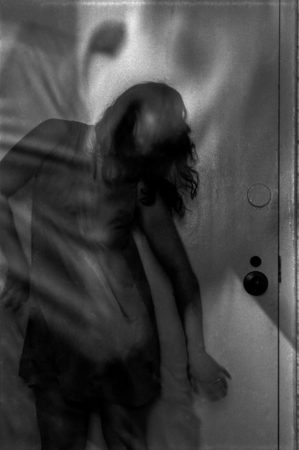Profane Illumination
In the protracted historical course of hysteria – a disease akin to the waste basket of medicine – there lives a vexing intersection between Freud’s era of the hysterics and the ever-present stigmatization of women with disabilities being haphazardly deemed as deranged or broken. This collection emanated its research and critique from the original albumen and lithographic images by Paul Régnard from the Salpêtrière Hospital in Paris France in the late 1880s. “Profane Illumination” is a visual homage to the incarcerated female patients who were labeled as hysterical for past sexual trauma, chronic illness, and epilepsy. Through the vessel of self-portraiture, these photographs redact the sanctioning authority stemming from the voyeuristic and fetishistic masculine gaze and instead attempt to reclaim the intersection between illness and femininity.
The aim for this series was to create a visual relationship to a historically fractured medical system that has commodified sexualized illness among women. The corporeal body acts as the medium and the material, subverting André Breton’s concept that the hysterical female form is akin to an “exquisite cadaver.” Photographically, the double exposures evoke clonic and tonic epileptic motions that were noted from the Salpêtrière. This collection consciously converges the poses from Régnard’s portraits of the imprisoned female patients with a personal performance-for-camera centered around convulsive and violent dysmenorrhea. “Profane Illumination” is a rejection to the fetishization of women as medical muses and is an encouragement for disabled women to ‘take up space’ in an ableist environment.
